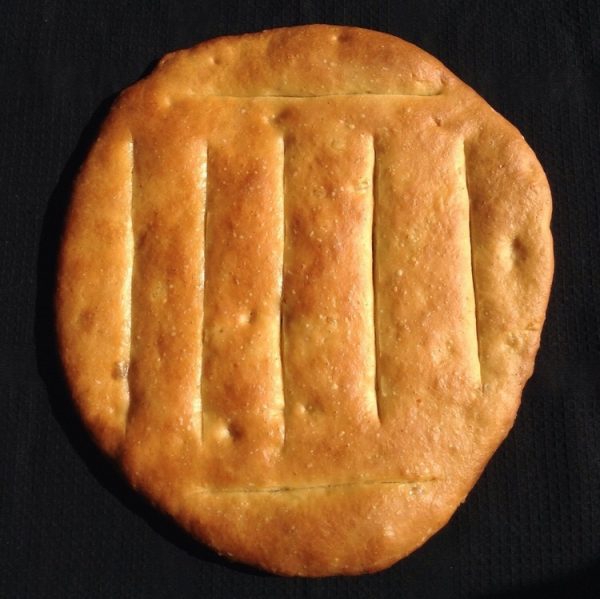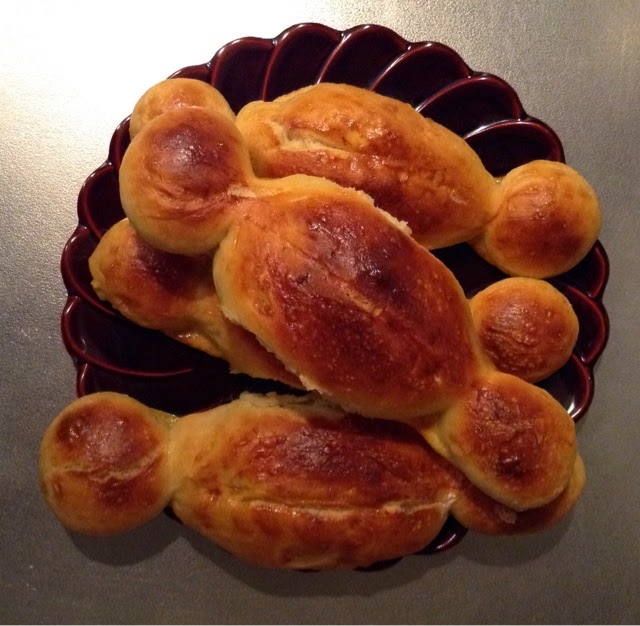
For this second special guest, we have picked our mother with a very traditional dish in our family: La bouillabaisse, or Bouillante. This typical Provence dish is a grand summer tradition in our family. Our great grand father used to go fishing near La Ciotat every Sunday and bring back the fishes, our great grand mother prepared it, our grand mother fished too and took over to prepare it , and now our mother prepares it too.
No one fishes anymore in our family and what was a fisherman’s hot pot to use all the small fishes and less noble fishes has now turned into a very high end and not so easy to eat/find dish. Of course a lot of restaurants in the south of France serve something they call bouillabaisse but nothing compares with our traditional and familial preparation. Bouillabaisse in our family consists in 3 separate dishes: the fish soup with bread, saffron potatoes and rouille; the fishes cooked in bouillon; the “ramichelle” with rouille. The first thing is to find the proper ingredients and even when living in the south of France it is not that easy! The rock fishes for the soup: wrasses and combers, the white fishes for serving in second: large red mullet, john dory, monk fish.

Once that is secured it is rather straightforward to prepare. The fish soup must be a clear bouillon. In our family that’s the way it is made and eaten. We use only fishes (no crab…) and don’t keep any flesh to obtain a brown golden bouillon. It is all hand made, no machine here.
Large soft potatoes are sliced roughly and sickly and boiled in saffron water.
The rouille is a kind of mayonnaise with saffron, paprika, red pepper and additionally garlic if you like it.
The ramichelle are simply vermicelli boiled in the fish soup (not on the pictures because honestly not very photogenic!) eaten with rouille so delicious!
Thanks Mum for this amazing dinner and this familial recipe!











